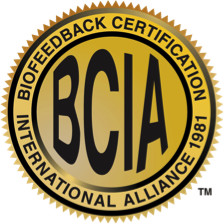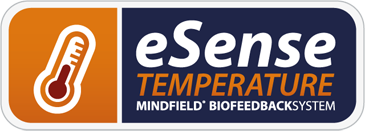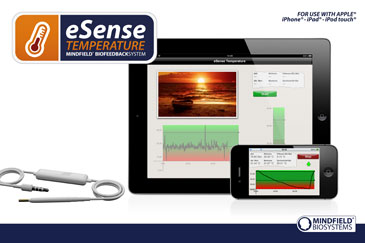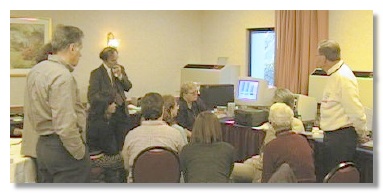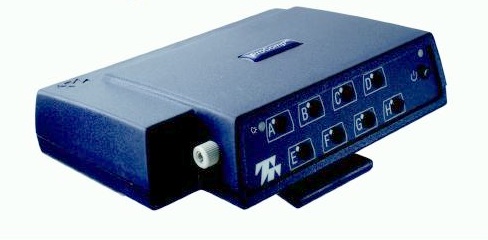Training Dates and Locations
Continuing Education Credit Available
Health Training Seminars, a division of Biofeedback Resources International is approved by the American Psychological Association to sponsor continuing education for psychologists. Health Training Seminars maintains responsibility for this program and its content.
BCIA Certification Requirements
A good link for Travel Arrangements
BRI Seminars Registration Form
Send payments to:
Biofeedback Resources International
109 Croton Ave, 2nd Fl, Suite 240
Ossining, NY 10562-5102
FAX: 914-762-2281
Please fill out the following and return. Print all information
Name as you would like it for the certification with any initials or credentials
Registration Form Click Here
Participants will learn:
Continuing Education Credit Available
Health Training Seminars, a division of Biofeedback Resources International is approved by the American Psychological Association to sponsor continuing education for psychologists. Health Training Seminars maintains responsibility for this program and its content.
BCIA Certification Requirements
A good link for Travel Arrangements
Professional Peripheral Biofeedback BCIA Program
JAN 17-19, 2019 – Miami, FL
May 3-5, 2019 – Hawthorne, NY
June 22-24, 2019 – Houston, TX
July 19-21, 2019 – Hawthorne, NY
Price: $1195
Our new style of seminar is designed to teach clinicians biofeedback fundamentals and cutting-edge applications. For better use of your time, the seminar will be a combination of 3-day classroom, home study and web-based training.May 3-5, 2019 – Hawthorne, NY
June 22-24, 2019 – Houston, TX
July 19-21, 2019 – Hawthorne, NY
Price: $1195
BRI Seminars Registration Form
Send payments to:
Biofeedback Resources International
109 Croton Ave, 2nd Fl, Suite 240
Ossining, NY 10562-5102
FAX: 914-762-2281
Please fill out the following and return. Print all information
Name as you would like it for the certification with any initials or credentials
Registration Form Click Here
Professional Peripheral Biofeedback BCIA Program
This innovative seminar is designed to teach clinicians biofeedback fundamentals and cutting-edge applications. This program covers all 48 hours of the BCIA Didactic Biofeedback Education requirement through powerful demonstrations of biofeedback and adjunctive procedures, imaginative hands-on lab exercises with multi-channel computerized equipment, professional multimedia presentations and comprehensive review materials. This program integrates personal hands-on training with equipment with didactic presentation.Participants will learn:
-
- The foundations of biofeedback
- Physiological basis and recording of surface electromyography (sEMG), temperature, electrodermal activity (EDA), respiration patterns (strain gauges and pCO2), electroencephalography (EEG), peripheral blood flow (BVP), heart rate and respiratory sinus arrhythmia (RSA) and economic biofeedback approaches (including incentive inspirometers and scales)
- How to identifying artifacts and determining appropriate recording
- How to record and interpret data
- How to perform a psychophysiological profile and pre and post data comparison
- The use of adjunctive techniques such as progressive relaxation t raining, autogenic training, imagery, guided breathing, desensitization, mindfulness training, quieting reflex.
- The role of home biofeedback devices such as Freeze framer, Wild Divine and GSR2
- Overview of clinical and educational applications
